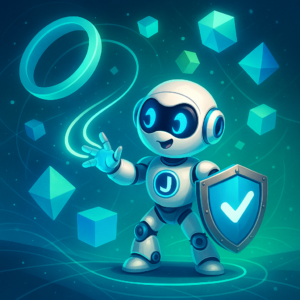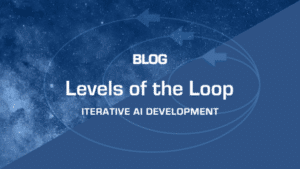"Are you using semantics?"
It’s a fair question. The word gets thrown around a lot in AI, usually without much substance. So here’s a clear answer: yes—we use semantics, deeply and deliberately. Not as hand-wavy NLP magic, but as a foundation for making AI that can prove what it means.
What We Mean by “Semantics”
At Jaxon, semantics means encoding meaning in a structured, verifiable way. We do this through:
in a structured, verifiable way. We do this through:
- Ontologies – formal definitions of concepts and relationships in a domain.
- Knowledge graphs (KGs) – live data structures populated with real-world instances of those concepts.
- Guardrails – logic and validation layers that use those structures to enforce correct AI behavior.
- Ontologies – formal definitions of concepts and relationships in a domain.
Semantics isn’t an add-on. It’s built into how our platform understands inputs, makes decisions, and checks its own outputs.
Two Approaches: Neurosymbolic + Agentic
We use two complementary models for semantic reasoning:
Neurosymbolic Guardrails:
These use a domain-specific language (DSL) to convert inputs into logical rules, which operate over structured KGs. This enables formal validation—like checking if an AI-generated answer violates a legal policy or contradicts known facts.Agentic Guardrails:
Here, we use LLMs to reason across semantically equivalent variations—like reworded questions or paraphrased instructions—to ensure consistency and uncover contradictions. It’s looser than formal logic, but powerful in domains with ambiguous or incomplete structures.
Semantics Without Ontologies? Also Yes.
In cases where formal ontologies aren’t feasible, we still encode meaning using question sets and logic templates that reflect the intent behind a policy or rule. It’s semantics without the ceremony—lightweight but effective.
The Bottom Line
We don’t just sprinkle “semantic understanding” on top. We engineer it into the core of our platform—from knowledge representation to formal validation—so our AI can prove what it means, not just guess at it.


